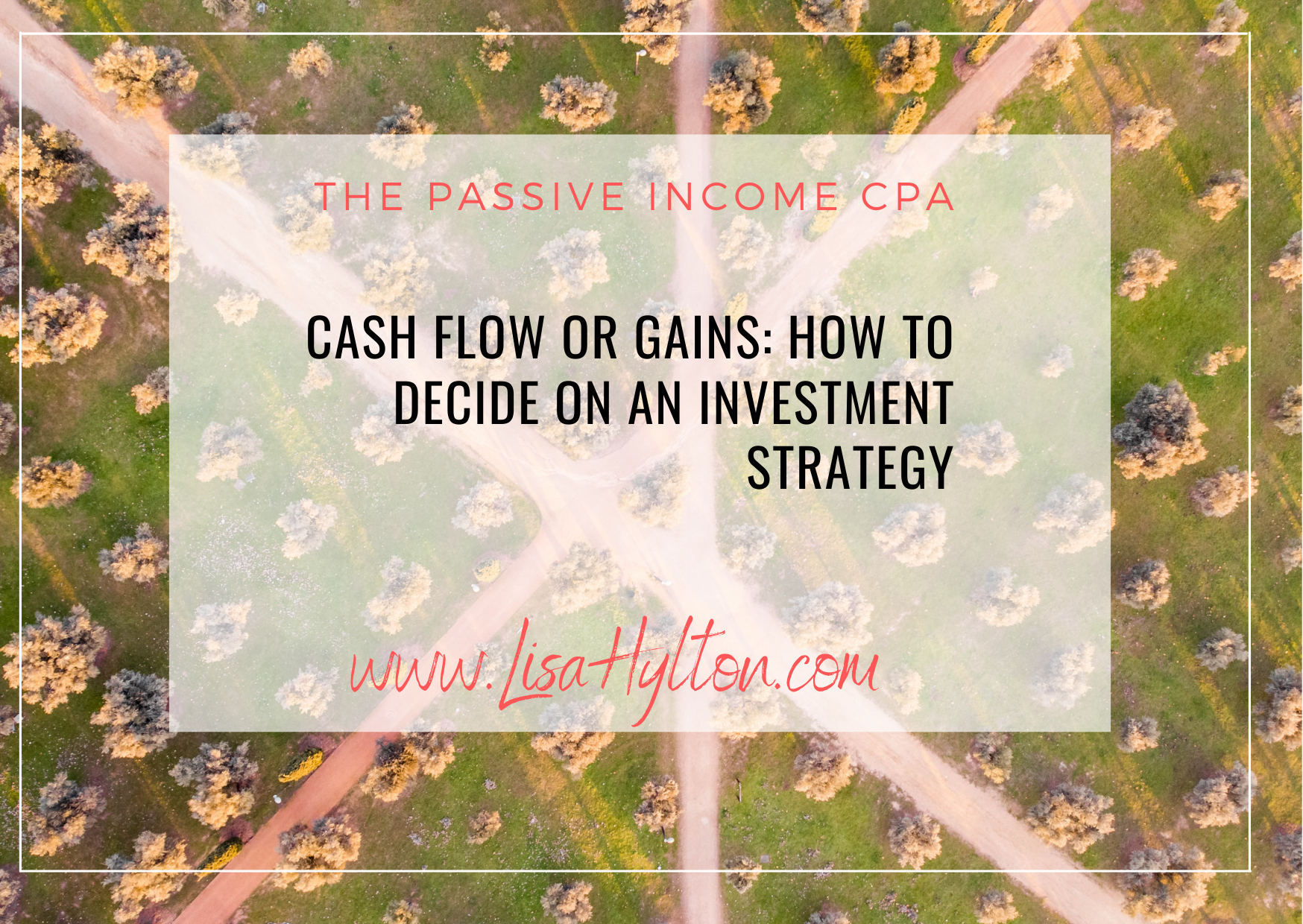For many people – multifamily investing generally means investing in a duplex, triplex or quadruplex. However, in the world of multifamily syndications, deals can consist of 100+ units! As a fact of fact, an apartment building complex with 5 or more units qualifies as a commercial or large multifamily building. At the time I was first introduced and began investing in large multifamily investments I actually lived in a large newly constructed 600+ unit multifamily building myself! Despite working for an investment manager that invested in these buildings all the time I never started off thinking this type of investment was within reach for me. This was because I lacked the exposure behind how everyday people enamored with education and experience could structure investments that gave everyday people an opportunity of ownership in investments that they would be unable to accomplish on their own.
So let’s dive In already! Syndication is generally an entity that is created to pool the resources of active investors (ie. General Partners) and passive investors (ie. Limited Partners) in order to acquire a multifamily investment that would be hard or impossible for a person to do on their own. In-exchange for pooling resources the active and passive partners share the risks and the returns.
This investment strategy is accomplished through the creation of teams. In any multifamily syndication investment, there are two teams – the team of the passive investors also known as the limited partners, and the team of the active investors also known as the general partner team or sponsor team. Each team has different key responsibilities and roles in the investment.
For this article we will focus on the responsibilities of the passive investor team:

- Get educated on what syndications are and how they work. By reading this blog you have taken the first step in educating yourself on some of the aspects of the syndication investment strategy. Additionally, you want to get familiar with the terminology used in this type of investing such as cash on cash returns, return on investment, and capital rates to name a few. Don’t worry there are more articles diving deeper into the terminology and metrics!

- Determine your personal investment philosophy. Why? Imagine that you are hungry and you decide to go grocery shopping! You will always end up buying more items that you need and maybe even end up with things you don’t even want! This is the best analogy I can give to why it is important to get educated and determine what markets you are interested in investing in and what kind of returns you are looking for. Educated investors are smart investors as they are going to ask better questions to determine whether an investment fits the way they want their money working for them!

- Get to know the general partners on the deal. Research the general partners online – read their blogs, listen to their podcasts, review their track record of deals, understand how they handle deals that have not gone as planned, meet other investors who have invested with them by attending meetups that they host or through networking. You can research them on Biggerpockets as well. Through doing this you can get a sense of whether the 3 Cs by Beth Clifford are present! C number 1 is character – do their actions align with their words across all your exposure to them. C number 2 is commitment – are there and your goals for real estate investing aligned and by their actions are they committed to achieving those goals. The last C is capabilities – you can determine this by looking at their experience and track record on past investments.

- Understand what the general partner’s business plan is for the property and whether their team has executed on this business plan in the past. I believe this is one of the most important aspects of investing in syndications. The business plan should be outlined in the investment overview document presented to potential investors. It is important to understand what they plan to do to achieve the returns they are projecting. And what research have they done to get comfortable that this plan will work? Lastly, you want to understand whether the sponsor team has experience executing on the business plan.
Once the passive investor is comfortable with the deal then all that is left is communicating with the general partner team that they are ready to invest. From here on out the passive investor will receive either monthly or quarterly distributions as agreed at the onset of the investment. On a quarterly basis, the general partner team will issue quarterly updates on the property to keep investors informed on how the investment is performing. That is all for now!
Want to Invest with Lisa?
If you are interested in learning more about passively investing in apartment buildings, click here https://lisahylton.com/partner-with-lisa/ to sign up to learn more about upcoming opportunities.
About the Author
 Lisa is the founder of Axcel Capital, a real estate company that invests with investors solely multifamily investments across the United States. At Axcel Capital, Lisa and her team focus on buying apartments with investors and shares the profits. This strategy enables her investors to build wealth and passive income through investing in conservative, high-quality multifamily assets.
Lisa is the founder of Axcel Capital, a real estate company that invests with investors solely multifamily investments across the United States. At Axcel Capital, Lisa and her team focus on buying apartments with investors and shares the profits. This strategy enables her investors to build wealth and passive income through investing in conservative, high-quality multifamily assets.
Lisa is the host of the Level Up REI podcast where she interviews real estate investors on their stories and lessons learned. After a decade working in the financial services industry, Lisa found investing passively in real estate syndications and
was intrigued by the business opportunity to invest in real estate while also providing the opportunity to others to do the same along with her.
You can learn more about passively investing in high-quality multifamily assets that provide cash flow and strong returns at www.LisaHylton.com.




